Student Blog
Diversity
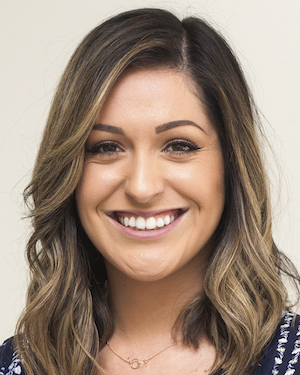
Inspiring High School Students to Become Future OTs ⟩
April 17, 2019, by Melissa
Diversity First-Gen Getting Involved What are OS/OT?
One of my goals as an Ambassador has been to increase awareness about occupational therapy. In order to do so, we decided to reach out to high school students, as I often hear that people would have pursued OT a lot sooner if they had known it was an option. I’ve been lucky enough to present to a couple of high schools now, and the experiences have been both rewarding and challenging. When presenting to high school students, we really have to adapt the way that we approach them. We often present to pre-health clubs or OT-specific clubs as part of our job, therefore we go into our presentation with the understanding that these students already have an interest in OT or in a healthcare profession. Oftentimes, the students have already been thinking about graduate school and pursuing higher education, therefore we know we can tailor our presentation in a specific way. High school students, on the other hand, come from a variety of backgrounds, have different plans and aspirations, and varying interests. They are more difficult to engage, and may or may not be voluntarily attending our presentations. Before my first presentation to one of the high schools, I kept thinking to myself, “How am I going to engage them?! How am I going to give them all of this important information without putting them to sleep?!”
In an attempt to get some guidance, I approached one of my professors who had also given a talk to a group of high school students recently, and she gave me some great tips. The one that stuck out to me the most was her tip on making it RELEVANT to the students, which made total sense. I have since tried to find ways to make my presentation relatable, such as giving the students some information about my own journey, my experiences as an athlete (as there are often many athletes that attend these presentations), and what it has meant to me to be a first-generation graduate student using my bilingual skills in Los Angeles. I also like to take different types of adaptive equipment and sensory toys to show them how they are used, and why they are relevant in our profession. This gives them some interactive opportunities where they get a glimpse into what we do as well as an opportunity to ask questions. Lastly, I always like to take GIVEAWAYS. Nothing gets a group of high school students more excited than some free stuff they get to take home, and I think it’s a nice token to remind them of our presentation.
Fortunately, the students I have presented to thus far have been courteous and kind, albeit shy in the beginning. They seem receptive to the information we have to offer, and I have even gotten emails from students that are now interested in pursuing careers in OT! I’m so grateful I have had the opportunity to spread the word about our amazing profession and our wonderful program here at USC, and I look forward to the short time I have left in this position to continue doing so! If you ever have questions about recruitment or anything else in general, feel free to reach out!
Fight on!

Presentation at Leuzinger High School
⋯
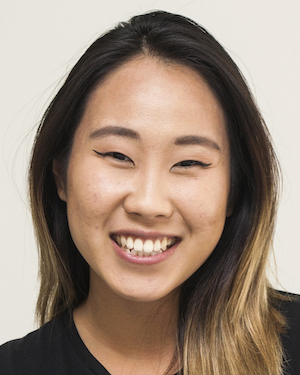
Ghana Part 2 — Facilitating OT and CBR Collaboration ⟩
April 8, 2019, by Joyce
Diversity Externships International
One of the coolest parts of this externship was the fact that we, USC students, were able to participate in one of the leader’s, Jenna Kobara, OTD project. As part of her OTD, Kobara is pushing for interprofessional collaboration between OT students/OTs and community based rehabilitation workers (CBRs). An equivalent of a CBR in the states are the Community Health Workers, many of whom work with spanish-speaking communities, promotores de salud, to support health education and prevention efforts. Similarly, in Ghana, CBRs venture out into the communities, identify individuals with disabilities, and work on educating and building rapport with the community to facilitate inclusivity throughout the village. The community in Ghana is not only the immediate family but also their neighbors!
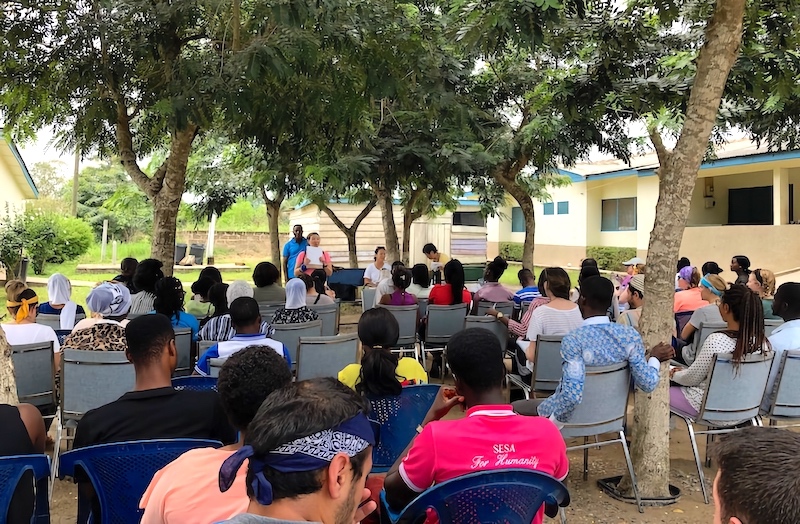
On the first day of this collaboration, USC students met with the Ghanaian OTs and the CBR students. I worked with my partner, Liliian, to facilitate a discussion about scope of practice and definitions around independence and therapy. Our job was not to lead the discussions but to open the doors for the Ghanaian students to participate and converse with one another. We were able to touch upon several points including the definition of independence, function, and ways for future collaborations.
After about 30 minutes of thoughtful conversation, we moved onto completing a task analysis of tie dying. For the CBR students, this was the first time engaging in task analysis.

I realized that the Ghanaian students were grappling with this novice task of tie dying shirts! It was a new activity for both of them and I believe that while it was new, the students worked well together to task analyze the tying of the rubber bands around the t-shirts. After task-analyzing together, the MTC students came out to complete the activity with us! This was a great time for the Ghanaian OT and CBR students to interact with MTC students, not to mention, they were a lot more fluent in the local language of Fante so communication was so much smoother!
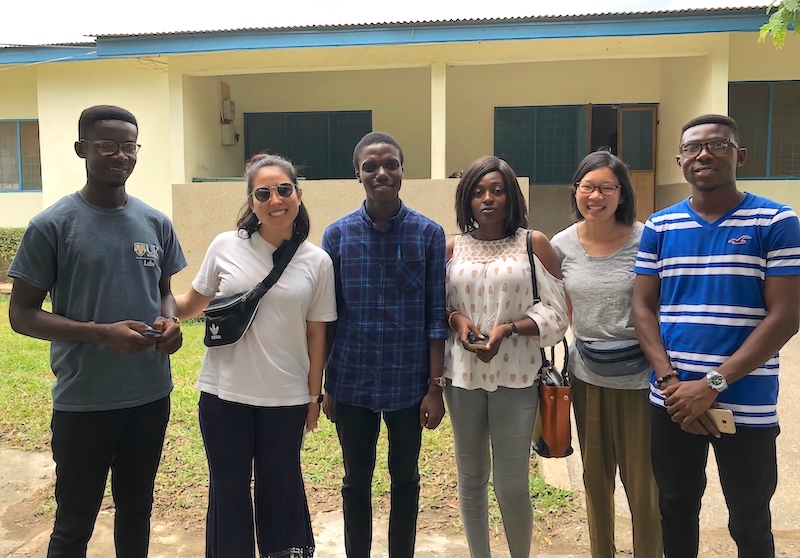
Seeing all of this unfold, I was in awe and have come to fully understood Bonnie’s mission, “To be out of a job”. Bonnie truly wants to plant the seed of collaboration between Ghanaian professionals to create the sustainability without the help of obrunis.
The next few days, my partner and I worked together with our matched CBR students in their specific community attachments to explore and learn about CBR work. As we engaged and problem solved with different individuals with various diagnosis (ie. CP, lower extremity pain), we made it a point to provide education that can carry with the CBRs for their future clients and to encourage the strength of collaborating with Ghanaian OTs.
It has been such a great experience to get to know our CBR students and how they have come to this profession. For some, it was not their first choice. In their univiersities, they may be placed into a major like occupational therapy or CBR. But even though it wasn’t their first choice to study this specific major, I have heard that many hearts were changed throughout their studies. It allowed students to change their perspectives on what the definition of disability, community integration, and function. I truly enjoyed and was inspired by the work of these students and the passion that they hold to increase awareness and acceptability of individuals with disabilities or illness into their communities. I even have pen-pals from Ghana to continue discussing about OT, CBR, scholarship, funding, NGOs through email. 😊
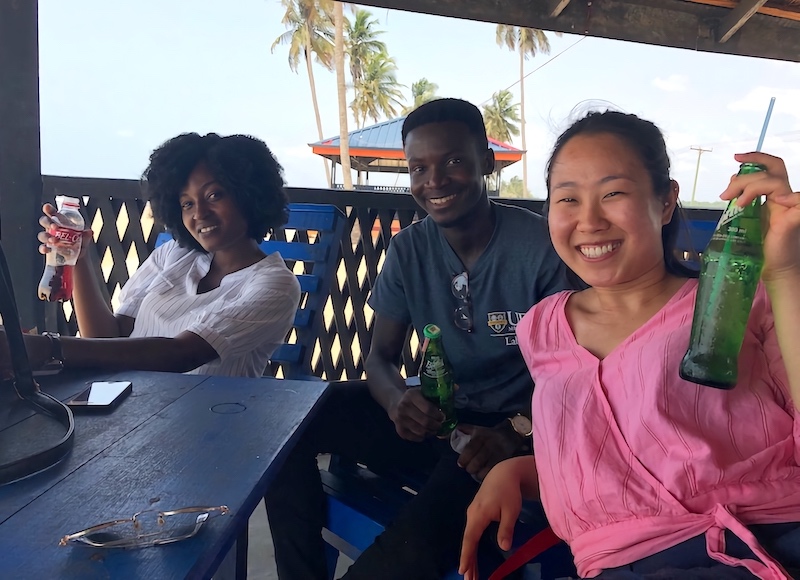
⋯
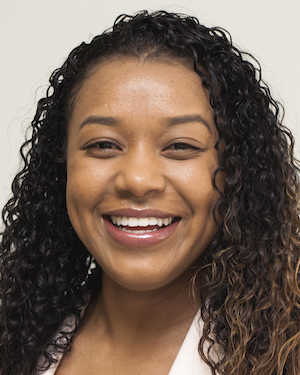
Culturally-Informed Healthcare: Modifying treatment to match the needs of the community. ⟩
April 1, 2019, by Serena
Diversity
One of the many benefits of attending USC’s OT program is having the ability to attend other healthcare department’s events. Ms. Gwendolyn Flynn, the former policy director of the Community Health Council, presented at USC at an event hosted by USC’s Lifestyle Medicine Interest Group and USC’s Student National Medical Association (SNMA). Although the groups are apart of the medical school, the students welcomed me to join the presentation as an occupational therapy student.
She spoke on the health inequities experienced within the Black communities due to the inaccessibility of whole plant-based foods. She highlighted the higher rates of lifestyle related chronic conditions in the Black community such as obesity and high blood pressure. In addition, she presented information on the food deserts (now more accurately called food apartheids) found in urban communities such as higher rates of liquor stores and lower frequencies of supermarkets with fresh produce. At the end of her presentation she made 5 recommendations for healthcare professionals to address this issue, which I have listed below.
- Emphasize disease prevention and wellness programs.
- Partner with local community organizations (i.e., Healthy Food Zones) in order to advocate for policy change. If you are unable to join then write letters, set up a meeting, or make a public testimony to show that this change matters because your voice is influential.
- Promote nutrition education classes/ workshops in order to make the knowledge more applicable to patients’ everyday lives.
- Write food and exercise prescriptions to change lifestyle (i.e., a prescription to go to the gym). I would like to add to make that prescription something meaningful and doable, think SMART goal.
- Give out recommendations such as books and documentaries while in practice to help inspire and further educate your clients on the benefits of lifestyle changes.

Ms. Gwendolyn Flynn, the former policy director of the Community Health Council, presented at USC at an event hosted by both USC’s Lifestyle Medicine Interest Group and USC’s Student National Medical Association (SNMA).
It was really motivating and inspiring to receive information on specific actions that I can take to combat the increase of chronic conditions within my own culture. As I come closer to gaining my OT license, I am looking forward to the ability to serve the community with the recommendations the community has given me and then combining it with my educational, volunteer, and life experiences.
⋯

Ghana Part 1 — Cultural Exposure ⟩
March 26, 2019, by Joyce
Diversity Externships International
Hello everybody! It feels weird blogging again because of the long hiatus but boy do I have things to share with you! As you probably have read about already, the second years were away on externships + spring break these past few weeks. While Jessica and Serena went to Australia, Melissa stayed local, I decided to go to Ghana.
I’m splitting this topic of externship into various posts because there are just so much that I want to highlight about this experience and I want to make sure to create the time and space that they deserve. To talk about my experience, I need to go a few years back to the beginning of it all . . .
Alumni and therapist, Bonnie Nakasuji has been coming to Ghana for two decades. In partnership with the Mephibosheth Training Center (MTC), a school and vocational training center for children with disabilities, Bonnie has garnered a close relationship to bring USC OT students. It was once a level 1 fieldwork opportunity now a leadership externship location.
So what was our purpose there? Firstly, Cultural Exposure.

Bonnie as well as the other co-leading therapists, Jenna Kobara and Mariko Yamazaki, have taught us about the importance of sustainability and empowerment. We all have this righting reflex embedded within us, especially as future healthcare professionals, to fix things, whether that’s through offering advice or materials. Instead, the therapists encouraged us to be comfortable in the stillness of the uncomfortable. As Americans, regardless of whether we were Asian or Hispanic, etc. as Americans, we are all called “obrunis”, to which the term has evolved from meaning white person to a privileged, educated, rich person. It is our responsibility to acknowledge that privilege and the cultural differences when stepping into into another culture.
I strongly believe that short term trips like this are not served to drastically change a community, let alone a country’s way of life. Moreover, we as visitors are actually disruptive to this school’s daily routine. For two weeks, they had to accommodate the meals and living arrangement of a team of 40 Americans. I believe that this experience was meant for students to experience and become exposed to the different occupations in a different culture.
Bonnie gave a great example which made me reflect and think about how the things we do as Americans can make waves of effects that are often unseen. She told us how sometimes she feels uncomfortable bringing shoe donations to MTC. While it’s great that the students receive often new shoes to wear for free, we are disrupting the economic flow. Now these students and their families are not spending money at their local shoemakers and these shoemakers will feel the effects, challenging their ability to make money. In addition, how long can one pair of shoes sustain a child? It’s more powerful to work with individuals with what they have and where they are at, something that I have learned must be applied when working in a client-centered profession, meet your clients where they are at, not where you want them to be at!
When observing both the occupational therapists and physical therapists community consultations, I realized that they were very intentional in using assessments that could be understood regardless of culture and language barriers. They also provide education to the child, parent, caregiver, brother, sister, aunt, etc. so that this training and education can sustain the therapy even when they weren’t there.
In addition, I love how we as tourists were able to contribute to the economy. First, a sister of the principal of MTC, a seamstress came by MTC with her measuring tape and differently patterned fabrics. All students and therapists bought fabric and service in creating us individualized pieces. I was so excited for this part . . . to have a dress that will fit me all in the right places is something I have never experienced before!
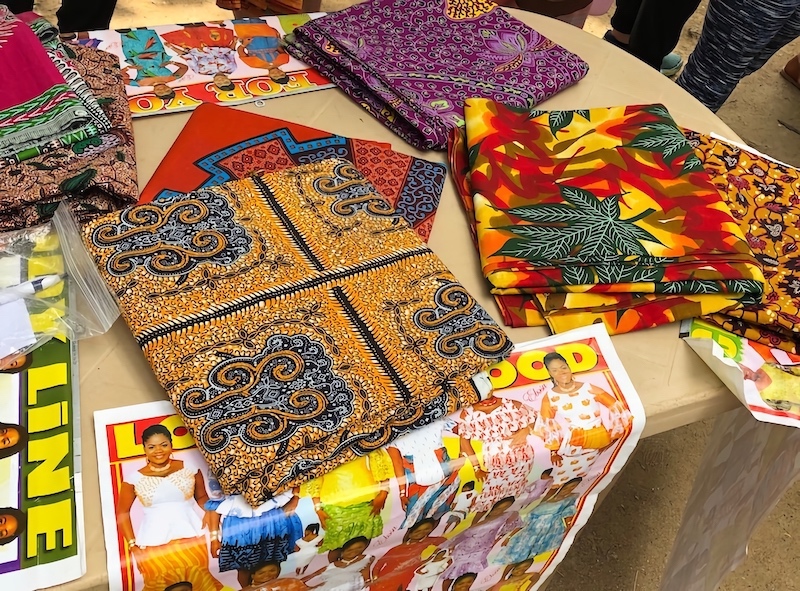
Secondly, at the end of our externship, we went shopping at the local crafts village. I bought some cute earrings and leather sandals. It was also fun to participate in their cultural norm of bargaining to which Bonnie added, “It would be rude to not bargain!” I had so much fun conversing with store owners, asking them where they got/made the items, learning their language, and bargaining for a lower price. What an experience!!

⋯

Black College Expo ⟩
February 5, 2019, by Serena
Admissions Diversity
Increasing diversity within the OT profession at the Black College Expo!
What a great way to start off Black History Month! Last year I attended the 2018 Black College Expo, a couple of months ago I attended the Latino College Expo, and this past weekend I was at the 2019 Black College Expo! The annual event is held at the LA Convention Center to increase Black students’ awareness of and acceptance into higher education. It was an honor and joy to be able to mentor college, high school, middle school, and even elementary school students at such a life-changing and well put on event! So many incredible memories were made today, one of which I would love to share about a very bright 4th grader I met.
Future OT: At the age of 9
As I saw a little girl approach the USC OT booth, I immediately became very excited! I mean, I wish someone would have told me about OT while I was in elementary school. I asked her, “Do you know what Occupational Therapy is?” And she replied, “No.” So I then asked, “What do you like to do?” And she said, “I like to play on my iPad.” And I said “Well, if you were to get sick and not be able to play on your iPad then occupational therapists would help you play on your iPad.” She instantly grabbed an OT flyer and clipped an OT pin to her jacket.
After I gave her a more in depth description of OT, she left . . . and then quickly came back with her dad. By the end of the conversation we had planned for her to tour USC’s Health Science Campus to learn more about OT and the various fields of healthcare at the young age of 9!
Thank You!
I am so grateful for events such as the Black College Expo for allowing me to have these wonderful experiences and for having USC’s Occupational Therapy and Occupational Science program in attendance. The other OTs and student ambassador present made the experience that much more special by spreading their love for OT. By attending, we were of course having a great time and helping students find their passions, while addressing AOTA’s Vision 2025 by working on one of the 5 pillars, diversity.
Looking forward to next year!

USC occupational therapists and occupational therapy student ambassadors at the Black College Expo Event at the Los Angeles Convention Center. From left to right: Natasha Strickland (OTD student), Serena Hobson (me), Melissa Martinez (student ambassador), Diego Lopez (OTD student), and Laryssa Green (OTD student).
⋯





